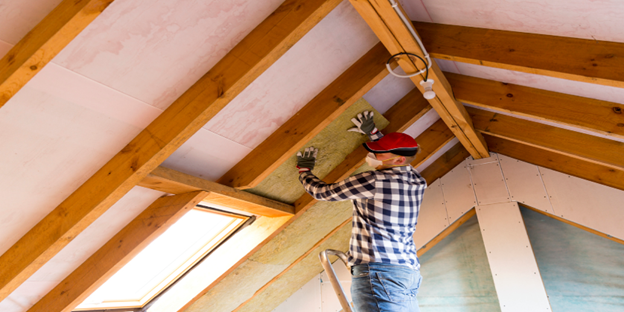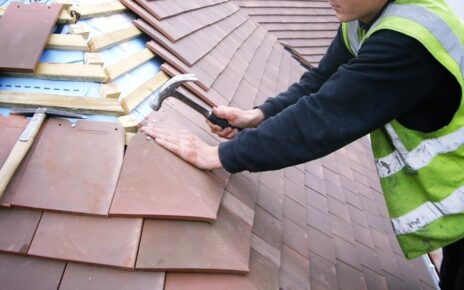As the weather turns cooler, you might start thinking about how to keep your home warm without wasting energy or money. While weather stripping and a good HVAC system are important for maintaining warmth, there’s an often overlooked area in many homes that could be costing you a lot of heat and money: your attic.
Your attic might not be a place you spend a lot of time, but attic insulation is a key method for keeping your home warm in winter and cool in summer. Heat naturally flows to colder areas, so if your attic isn’t insulated, your home’s heat is escaping, making your heating system work harder and your bills higher.
Expert Tip #1: Seal Air Leaks First
Before adding insulation, it’s crucial to seal any air leaks. This step is essential for making your insulation effective. According to This Old House, “Gaps in the attic or between the lower floors and the attic will let heated (or cooled) air escape to the great, unconditioned outdoors, making any insulation you add essentially useless.”
To find and seal air leaks in your attic, check these common areas:
- Around Your Attic Windows: If windows are drafty, use spray foam around the window casing to keep them airtight. If the windows still feel drafty, install weather stripping.
- Around Pipes, Ducts, and Outlets: Use spray foam around any gaps in your ductwork, piping, or electrical components. For very small gaps, caulking or sealant can be effective.
Expert Tip #2: Insulate the Floor with Blown-In Insulation
If you’re on a budget and don’t use your attic as a living space, consider insulating just the attic floor. According to the Ener Guide, “If you do not use the attic much, it is pointless heating this area. So insulating the floor of the attic is not only the best solution, but it is also the simplest and cheapest.”
For attics with a floor, you have two options:
- Pull up sections of the flooring and fill each section with fiberglass insulation.
- Hire a professional to blow loose fill insulation directly into the attic floor.
Insulating the floor will help keep your home warmer, but if you use the attic or plan to convert it into a living space, insulating the entire attic is a better option.
Expert Tip #3: Ensure Proper Ventilation
Proper ventilation is crucial for maintaining a warm or cool attic while preventing moisture problems. One common mistake is covering soffit vents with insulation, which can lead to ice dams, mold growth, and damage.
Before sealing your attic, ensure you have the proper ventilation. Professional Home states, “If you only add ventilation at the top of the attic, via a ridge vent, stack effect will pull more moisture-laden air from the living space into the attic. You need to also improve soffit ventilation. Soffit vents allow exterior air to enter at the low point in the attic, which will then rise and carry excess moisture out the ridge vent. Balancing exterior air intake and outflow will significantly reduce moisture and prevent mold growth.”
Whether your attic is a living space or just storage, insulating it will help your home maintain an optimal temperature all year round. By sealing air leaks, choosing the right insulation method, and ensuring proper ventilation, you can make your home more energy-efficient and save on heating and cooling costs.





